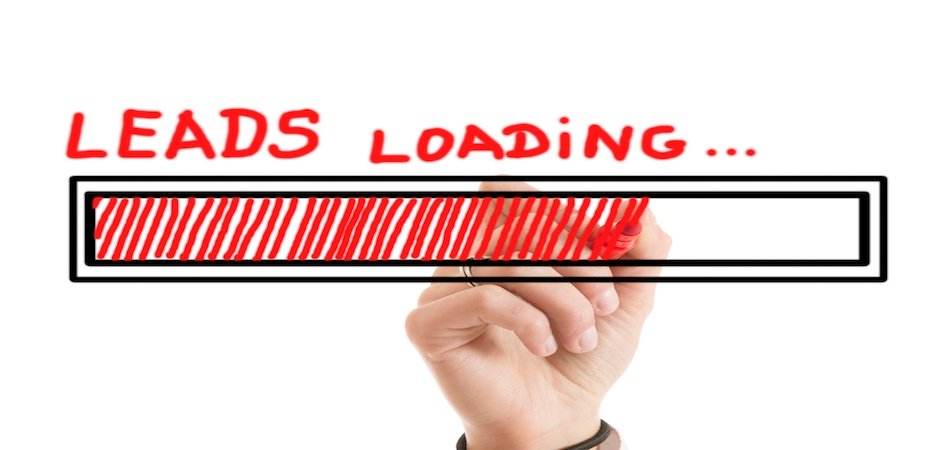
If you have a successful inbound marketing strategy in place, chances are pretty good that you’re starting to get more leads than you know what to do with. Bottom of the funnel leads are no-brainers: you should always follow up with people who call you, or who submit a web form to request a consultation or a price. But what do you do with all the people who have downloaded your eBooks and checklists? Your contact database or customer relationship management (CRM) system may be full of people who are on the verge of buying, and just need a little nudge from your sales team to convert them into paying customers.
So how do you distinguish the window shoppers from the people who could really turn into customers if you just pay a little attention to them? Without a method of filtering and organizing your leads (aka Lead Scoring), it can be difficult to figure out where to focus your sales team’s time and energy.
What Is Lead Scoring?
Lead scoring is the practice of grading leads on a defined set of criteria to make sure you spend your valuable sales time following up with the best leads. Lead scoring algorithms can get pretty complicated, so it’s best to start with a simple formula and refine it as you go.
Three Factors To Consider In An Initial Lead Scoring Formula
1) Visit Frequency And Engagement Level:
You can tell a lot about a person and what stage of the sales funnel they’re in by tracking their engagement level. If you pick up trends like the same lead visiting different product sections on your website, chances are that lead is looking to gain more information, and ultimately has a need for what you have to offer. If someone has only been to your page once to download a checklist, but never came back, they probably aren’t a good lead to follow up on. For example, you might assign 5 points to people who have spent more than 2 minutes on your site, and 10 points to people who have spent more than 5 minutes on your site.
2) Ideal Customer Characteristics: When building out your initial marketing and sales strategies, you defined an ideal customer profile. Make sure that profile is in mind when you begin scoring leads. You could have a VP of Purchasing who has downloaded every content piece you have to offer, but she’s in an industry that has nothing to do with the service you offer. Is it an opportunity to expand into a new industry? Maybe. Odds are though, you may want to pay more attention to the leads in your target industries instead. To get started, look at the characteristics you defined in your ideal customer profile, then assign more points to the people who match elements of that profile.
3) Job Title Or Role: Scoring your lead’s job title or role at their company is important to B2B companies. If you’ve collected contact information and data about a company vice president and an intern, you have to ask yourself where your time should be best spent, and assign more points to leads and job titles with more decision-making power. For example, you might score a CEO as a 10, a VP of Purchasing as an 8, and an intern as a 0 (sorry, interns!!).
How To Manage And Calculate Your Lead Scoring Formula
So now that you have a lead scoring formula, where do you actually track and calculate this lead score? If you’re using a marketing automation tool like Hubspot, lead scoring functionality is built right in, and takes just a few minutes to set up. But if you want to go old school, the simplest way is to export all of your contacts from your Customer Relationship Management system to Excel and build a formula. You probably won’t be able to score based on things like time on site or which pages a particular person visited, since those things are only tracked if you’re using a tool like Hubpsot. However, you should still be able to get a baseline score from which to work.
Refining Your Lead Scoring Formula
Start following up with leads who score high using this initial formula, and determine whether high-scoring leads are receptive to follow up by your sales team. If not, you may need to refine your scoring – maybe time on site is less important than you thought, or there’s some other factor you need to include that you didn’t originally consider. You may also find that you need to start collecting more information on contact forms, so your filtering and scoring can be more accurate. Observe your results, refine your formula, and evolve your tactics!
Ultimately, scoring your leads will result in higher sales team productivity and closing rates. By using the three characteristics listed above, you’ll be able to quickly determine which leads equate to a higher probability of making a sale. You can also use lead scoring to work with your marketing department to make sure the content they’re developing is attracting the lead quality your sales team needs.
Next Steps
- Make sense of inbound lead scoring in Hubspot
- Learn more about connecting your sales goals with your marketing goals
Still Looking For Answers? We Can Help!
Get the latest news
Blog Topics
- Analytics
- Branding & Identity
- Budget
- Construction
- Content Marketing
- Conversion Rate Optimization
- Email Marketing
- HubSpot
- Inbound Marketing
- Lead Generation
- Marketing Strategy
- News/Events
- Paid Search & PPC
- Recruiting
- Sales & Marketing
- Sales Enablement
- Search Engine Marketing
- Search Engine Optimization
- Social Media
- Thought Leadership
- Uncategorized
- Usability
- Video Marketing
- Web Hosting
- Website Design

